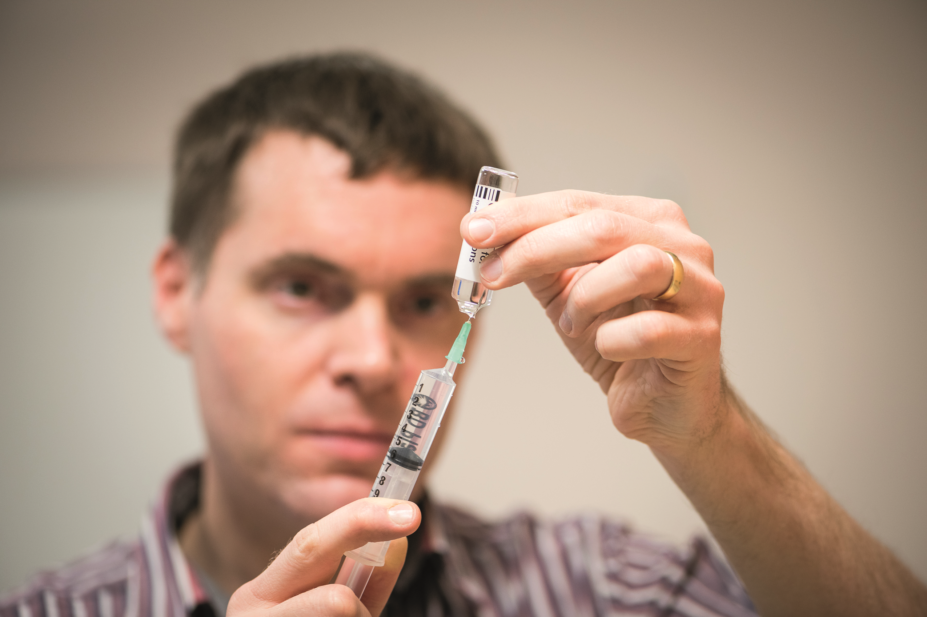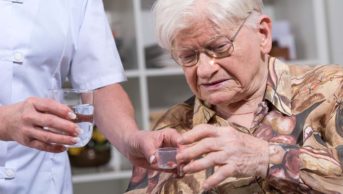
Chris Melvin, University of Bath
An academic pharmacist is hoping to reduce the rate of injection errors by developing improved written guidance for nursing staff.
Matthew Jones, lecturer in pharmacy practice at the University of Bath, is leading a National Institute for Health Research-funded project to improve the guidance, which is typically written by pharmacists but used by nurses. In the first phase of the project, 30 nurses will review the existing guidance in the NHS Injectable Medicines Guide, which is used by more than 120 hospitals in the UK. The nurses will be asked for suggestions on how the text could be improved. Then, the existing and modified guidance will be compared in a hospital setting: hundreds of nurses will follow either the original or the updated text as they perform injections on an artificial arm in the middle of their shifts.
If the results of the new project are positive, they will be used to help improve the information provided by the NHS Injectable Medicines Guide.
Errors occur in around 35% of injections given in hospital, according to a 2013 review.
Jones, who has previously worked as an NHS medicines information pharmacist, has a wider interest in how written information can be used to minimise medication errors.
“I’m using injections as a case study to look at the bigger question of how we can write and test information for health professionals,” he said.
”Injectable medicines are a good case study to use, because the rate of errors is known to be high, and they’re intrinsically risky. There is very little published research on how we can write and test information about medicines for health professionals to make sure it’s properly understood.”


